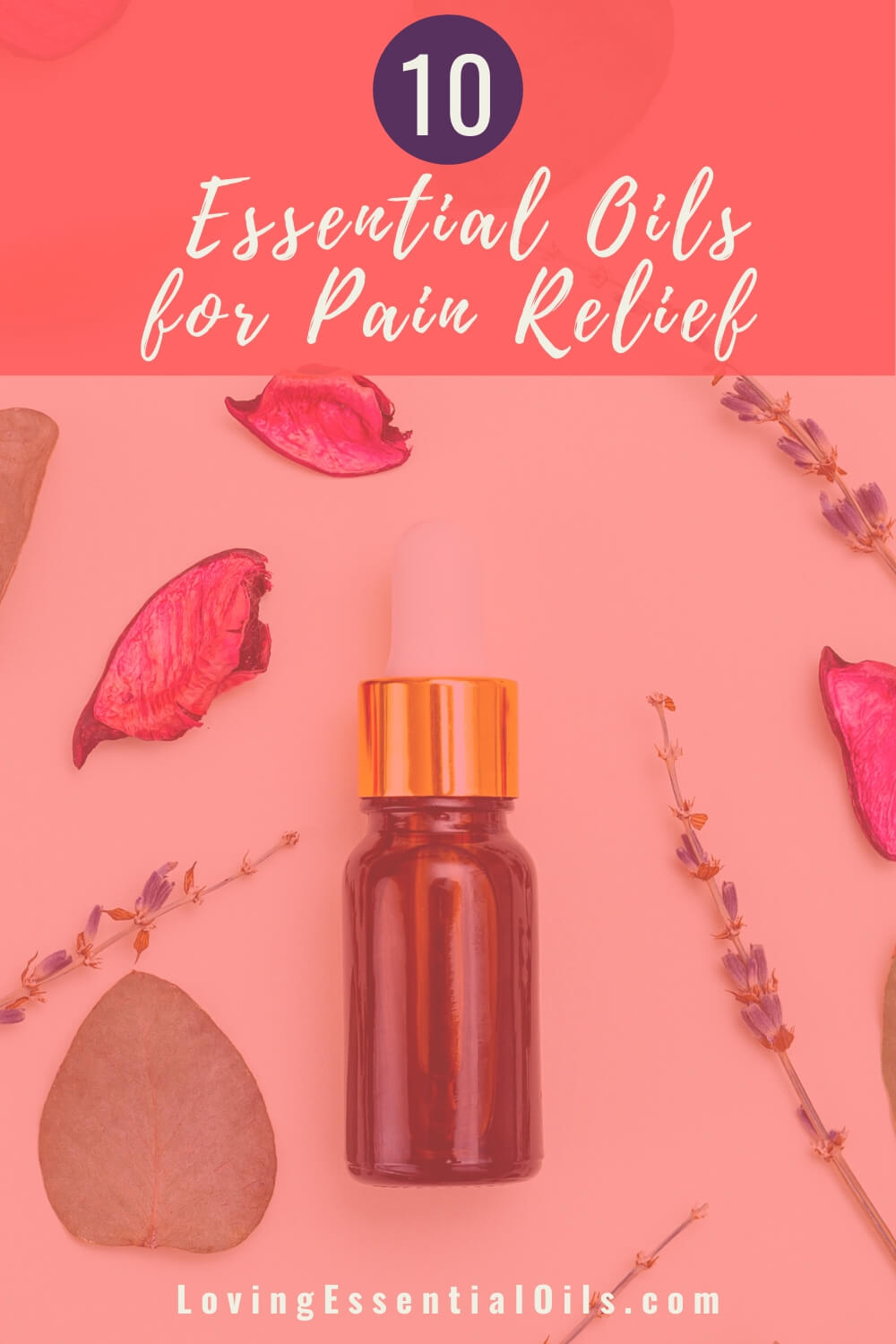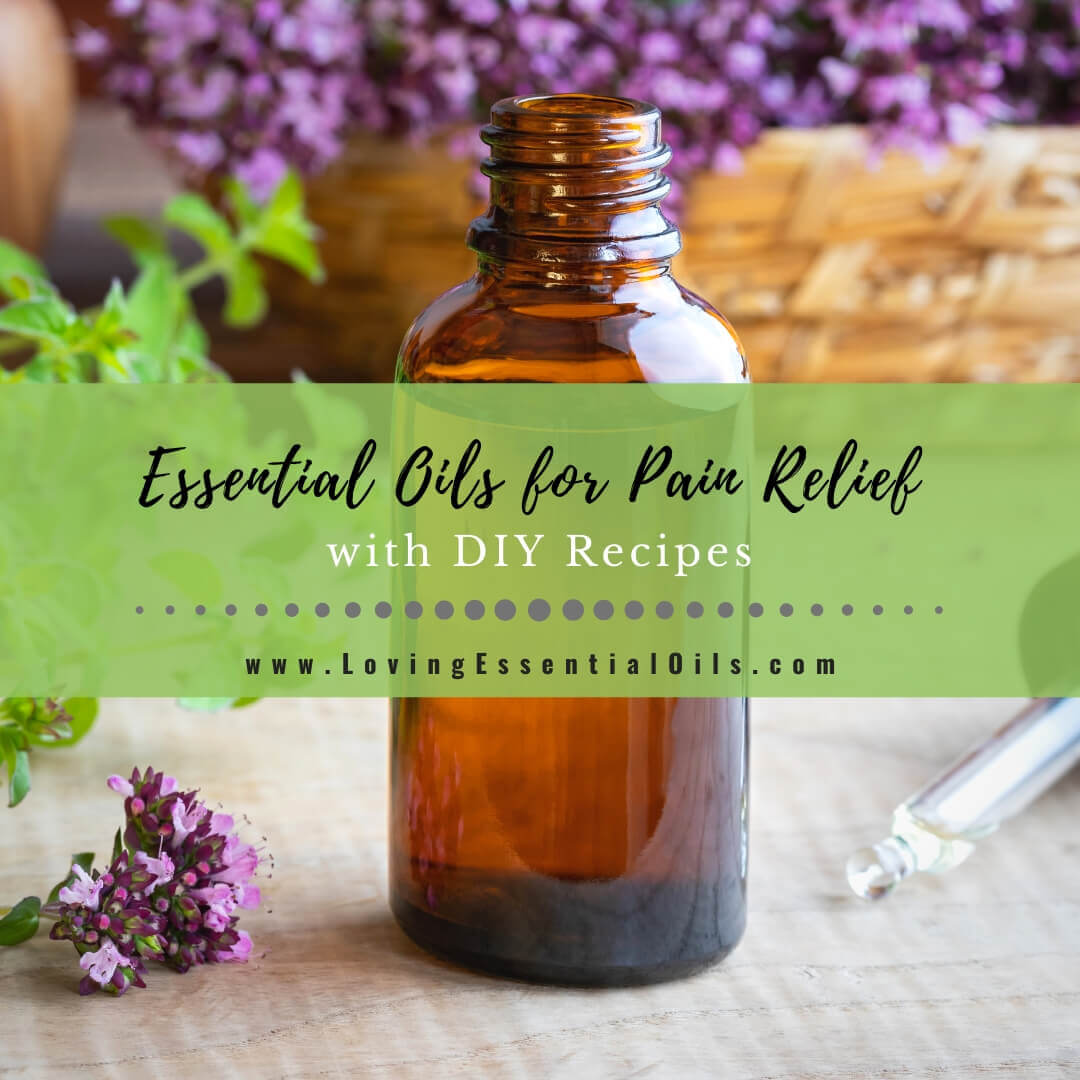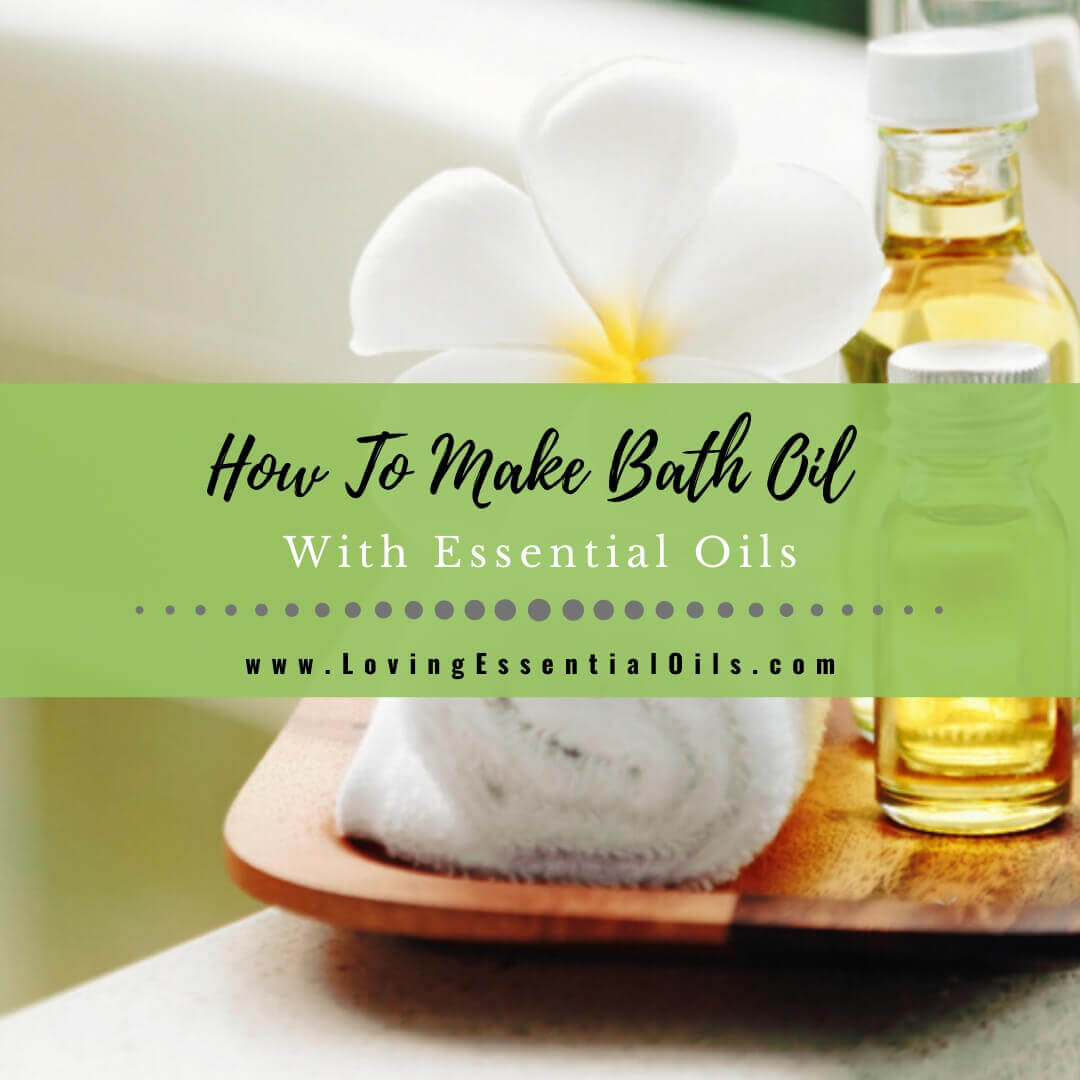Table of Contents
Essential oils have been popular since ancient times for their pain-relieving properties. These oils work wonders whether you diffuse them, inhale them, apply diluted essential oils directly to painful areas, or add them to products like massage oils, lotions, and creams. Here, I share some of the top essential oils for pain relief, DIY recipes, and blends.
10 Best Essential Oils for Relieving Pain
If you're like most people, you occasionally experience pain. Pain can be debilitating and frustrating, whether from a gym workout, a day of hard labor, or an injury. Thankfully, some essential oils can help relieve pain quickly and effectively.
Here are some of the best essential oils for pain relief:
1. Lavender Essential Oil
- Lavender oil, which smells lovely, is the number one remedy for all kinds of ailments, including migraines and headaches. It can soothe and relax you, relieving tension, stress, and anxiety.
- Inhaling lavender can be sufficient in some cases, or you can add a few drops to a carrier oil of choice and massage the blend into the neck and temples for fast relief.
- Use it in a warm bath to help with sore muscles and/or joint pain. This is a great way to soak away your worries and discomfort after a long day.
2. Roman Chamomile Essential Oil
- Chamomile is a very effective essential oil for pain. It has been used for TMJ, lower back, muscular pain, neuralgia, headaches, and stress.
- As an active anti-inflammatory and antispasmodic agent, chamomile is excellent for digestive problems, menstrual cramps, and abdominal cramps.
3. Rosemary Essential Oil
- Rosemary essential oil is a pain reliever for the head, joint, and muscle aches. It also acts as an appetite stimulant and memory enhancer.
- Applying topically reduces soreness and rheumatism, so dilute it with carrier oil or unscented lotion before applying topically to the skin.
4. Eucalyptus Essential Oil
- Eucalyptus oil has anti-inflammatory properties, making it a perfect pain-relieving essential oil for muscle injuries and sinus congestion.
- For sinus congestion, diffuse eucalyptus to open inflamed passages. For application on the skin, dilute it with a carrier oil and use it in natural remedy essential oil recipes to assist with sprains, strains, and nerve and muscular aches.
5. Peppermint Essential Oil
- It is one of those essential oils for pain relief that has been used since ancient times. Peppermint essential oil soothes nausea, indigestion, and stomach aches.
- Peppermint energizes when fatigued and is also very useful for headaches and migraines. Add a few drops of this minty oil to a roller bottle, along with lavender and frankincense essential oils. Fill the rest of the bottle with jojoba oil, roll a small amount onto the temples and back of the neck, and massage gently for effectiveness. It also relaxes muscle tension.
6. Juniper Berry Essential Oil
- Juniper essential oil contains anti-spasmodic and anti-rheumatic properties. Regular use helps to soothe discomfort and soreness in the body.
- If applied with lotion or cream, it reduces muscle spasms and joint and muscle aches caused by arthritis, fibromyalgia, and similar issues.
7. Clary Sage Essential Oil
- Small amounts of clary sage oil are beneficial for relieving muscle pain, spasms, and cramping.
- It does wonders with menstruation and menopause symptoms. Works well for stress headaches, also.
8. Clove Essential Oil
- Clove essential oil helps relieve soreness from a toothache. To use it, mix a drop of clove with a small dab of coconut oil and apply it with a cotton swab to the affected tooth and gum.
- A drop of clove oil with warm water can soothe throat pain when gargled. Alternatively, a few drops of clove oil blended with jojoba or olive oil can relieve muscle, joint, and soreness.
9. Wintergreen Essential Oil
- Wintergreen oil is a warming oil with anti-inflammatory and analgesic properties. It contains methyl salicylate, which has a cortisone-like action and helps relieve inflammation.
- It can alleviate muscle and bone pain and reduce joint discomfort. This oil must be kept out of reach of children and well diluted with a carrier oil before topical application.
10. Helichrysum Essential Oil
- Helichrysum oil is a powerful pain relief essential oil with antispasmodic, analgesic, and anti-inflammatory qualities. Don't let the high cost stop you from buying a small bottle. This oil is totally worth the price, and you only need a drop or two when using it.
- When you apply it to a bruise, it minimizes your pain and the discoloration of the skin, making the bruises disappear faster.
- To relieve soreness caused by sunburn, couple helichrysum oil with coconut oil and apply to the affected area for soothing relief.
Best Carrier Oil for Pain
Trauma Oil is fantastic to use in essential oil blends for pain relief. It is actually 3 herbs that have been infused into a carrier oil like olive oil. Here are the herbs in the blend:
- St. John’s Wort is a potent anti-inflammatory, highly antiseptic, and antiviral that speeds up healing and helps relieve cramps.
- Calendula, also known as marigold, has been used medicinally for centuries and is great for reducing inflammation and treating damaged skin (unbroken), burns, rashes, and sprains.
- Arnica improves the local blood supply when applied. It is used to treat swelling, arthritis, and insect bites.
You can use trauma oil in massage recipes, roller blends, or as a carrier oil for aromatherapy.
An essential oil massage is a therapeutic massage technique that uses essential oils to help promote relaxation, reduce stress, and improve overall well-being. Depending on the essential oil, storage, and usage conditions, the oils can last anywhere from one to five years.
Essential Oil Recipes for Pain Relief
Pain comes in all types, shoulder pain, joint stiffness, dysmenorrhea, back pain, migraine pain, arthritis pain, menstrual cramps, and so much more. Here are just a few pain relief blends to try:
Pain in the Neck Roller Blend |
I created this roller blend for my neck soreness and tension. To use it, roll it onto the neck and shoulders and massage it in for tension relief.
Directions: Add essential oils to the roller bottle and fill the rest of the bottle with trauma oil. 5% dilution. |
Calming Leg Cramps Blend |
Support your legs with this calming blend of essential oils and kick those cramps to the curb! The oils in this blend were picked for their ability to soothe muscle cramps, spasms, and to ease tension.
Directions: Combine the essential oils and jojoba oil in the dropper bottle, then shake gently. When you get a leg cramp, massage this oil into the area until the pain eases. 3% dilution. |
Soothing Joint Hand Rub |
This hand rub soothes and warms uncomfortable joints. Juniper berry and lavender help to comfort your joints, muscles, and immune health. Grab it during urgent situations for quick aid, or rely on it to assist with daily chronic soreness.
Directions: Add lotion to a glass jar, leaving room at the top to stir in essential oils. Add oils and mix well. This is a 2% dilution. |
Final Thoughts on Essential Oil Blends for Pain
Using essential oils in aromatherapy can be beneficial. However, if used incorrectly or in excess, they can cause skin irritation and other adverse reactions such as headaches, dizziness, and nausea. Before using any essential oil, it is always important to perform a skin patch test to ensure that you do not have any adverse reactions to the oil, as the quality and age of the oil can affect its potency and effectiveness over time.
Related Posts: Black Pepper Essential Oil for Pain Relief
FAQs
What are some essential oils that can help with pain relief?
Essential oils like peppermint, lavender, and eucalyptus are commonly used for pain relief. Peppermint oil has a cooling effect that can soothe sore muscles, lavender is known for its calming properties, and eucalyptus can help reduce inflammation.
How do essential oils provide pain relief?
Essential oils provide pain relief by interacting with the body’s limbic system when inhaled or applied to the skin. They can help reduce inflammation, improve circulation, and provide a calming effect that eases discomfort.
Are there any risks associated with using essential oils for pain relief?
While generally safe, essential oils can cause allergic reactions or skin irritation in some individuals. Before topical application, it is important to dilute essential oils with a carrier oil and perform a patch test to ensure there is no adverse reaction.
Can essential oils be used alongside other pain relief treatments?
Essential oils can often be used alongside other pain relief treatments, but consulting with a healthcare professional is advisable. They can complement other therapies by providing additional natural relief without significant side effects.
What is the role of aromatherapy in managing pain with essential oils?
Aromatherapy plays a significant role in managing pain by utilizing essential oils to influence mood and pain perception. The scents can stimulate brain areas involved in pain regulation, providing a holistic management approach.
How should essential oils be applied for effective pain relief?
Essential oils should be diluted with a carrier oil and applied topically to the affected area, inhaled using a diffuser, or added to a warm bath. Proper application methods ensure maximum benefits and minimize the risk of skin irritation.
Share on Pinterest






